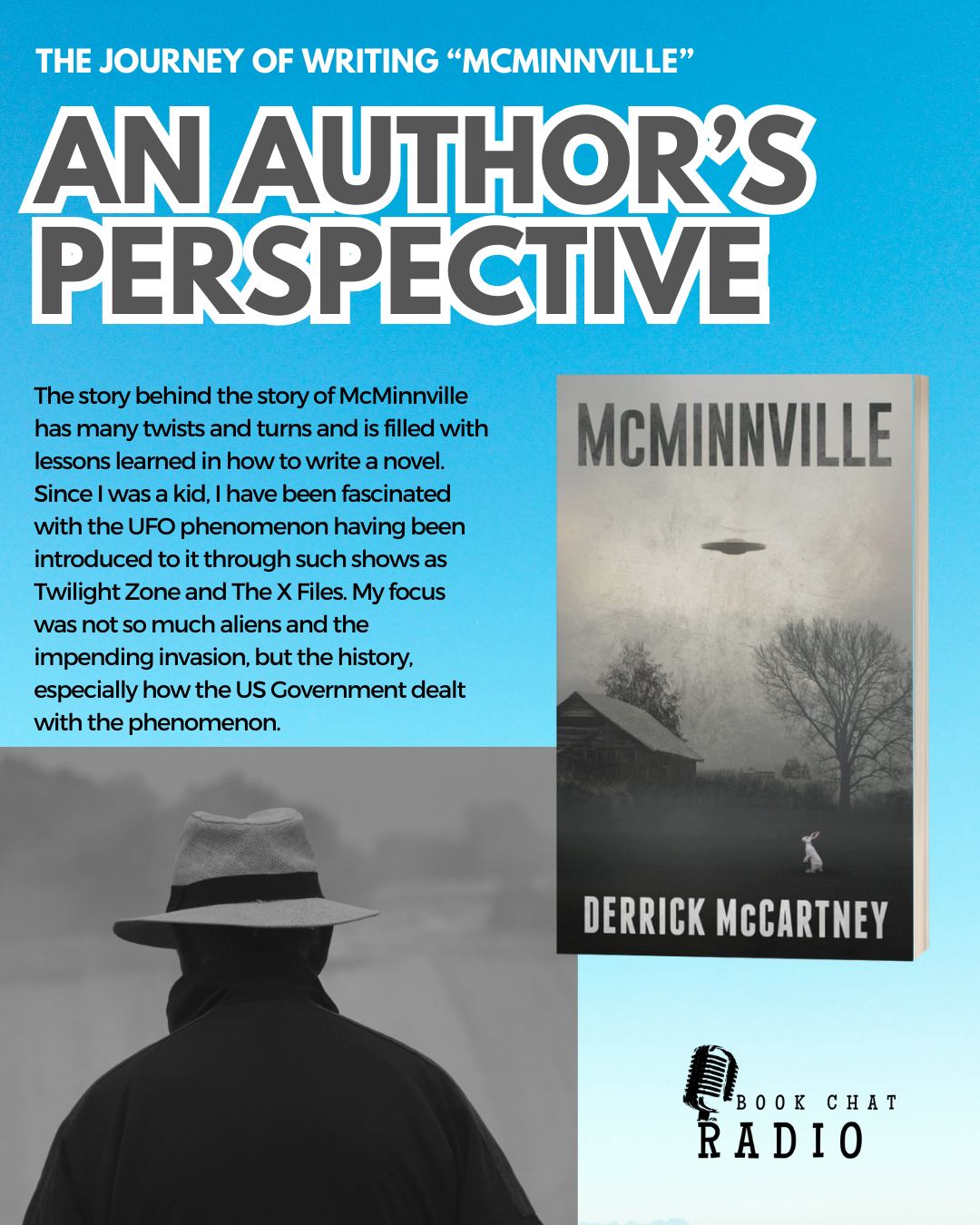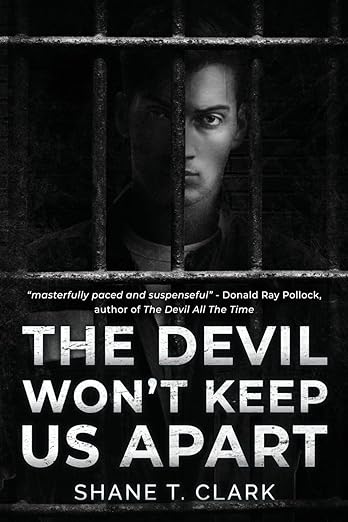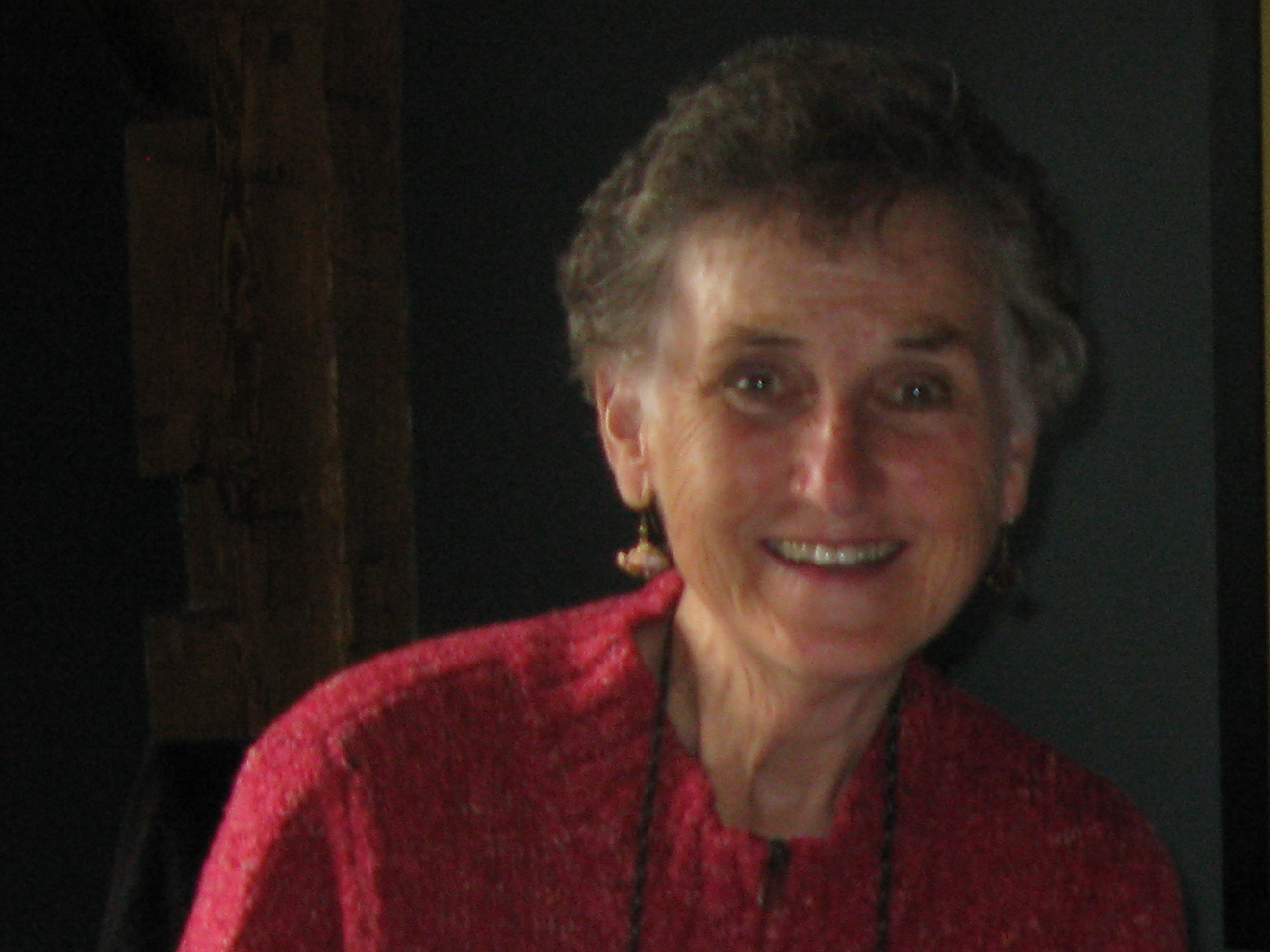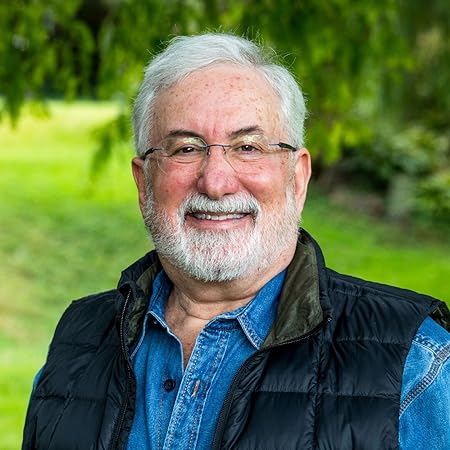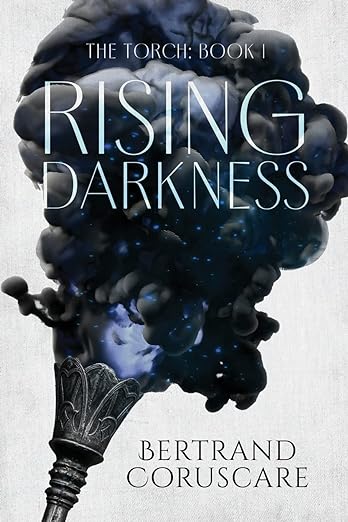The Journey of Writing “McMinnville”: An Author’s Perspective By Derrick McCartney
The story behind the story of McMinnville has many twists and turns and is filled with lessons learned in how to write a novel. Since I was a kid, I have been fascinated with the UFO phenomenon having been introduced to it through such shows as Twilight Zone and The X Files. My focus was not so much aliens and the impending invasion, but the history, especially how the US Government dealt with the phenomenon. There was a history there that is not covered in textbooks or taught in school, but says a lot about how America emerged from World War II and entered the Cold War. By the 1990s, I was delving into this side history of the American experience, highlighted by fascinating case studies of objects in the sky and the high strangeness that sometimes accompanies close encounters of the third, fourth, and fifth kinds.
Sometime in the 1980s, I came across the two iconic photographs taken by Paul Trent on May 11, 1950 of an object that flew over his farm. When I looked into the case, there was a story behind the sighting. There was a front page story in the Telephone-Register, the local newspaper of McMinnville, Oregon, which was picked up by other media outlets around the world. Life Magazine covered the story. The Condon Committee, which looked into the case as part of its landmark study for the Air Force in the 1960s concluded that “This is one of the few UFO reports in which all factors investigated, geometric, psychological, and physical, appear to be consistent with the assertion that an extraordinary flying object, silvery, metallic, disk-shaped, tens of meters in diameter, and evidently artificial, flew within sight of two witnesses.”
When I decided I wanted to write a novel, there were a range of ideas that came into my head, such as spy versus spy or something along the lines of a Tom Clancy military-technology thriller. After several failed attempts, I concluded that the action/adventure genre was not for me. I could not connect with the content or the characters. My plot lines were either predictable or spun in circles never reaching a satisfying conclusion. Around 2010, I turned to the UFO phenomenon. I did not want to write an alien invasion novel. Most UFO novels seem to end up with aliens appearing and either trying to help humanity or eradicate it. I was not interested in that. In fact, I was not interested in aliens, but in what we have actually witnessed: things in the sky and stories about high strangeness, including abductions.
Back in 2010 through 2012, I wrote the first draft of the novel, which was a factual yet fictional retelling of the McMinnville photographs. I related the history through the eyes of the Trent’s son (in the novel, the family name is changed to Forsyth). But about 50 pages into the book, it was obvious that there was no ending. The Trents and their photographs faded from history in the summer of 1950, although continued to live on in debates within the UFO community. I put the novel on the shelf and didn’t pick it back up until COVID. Shut in at home, I dusted off the manuscript and began to think though how to expand the narrative from one of a straight line historical retelling of the story to a full blown novel. I decided to add on two additional sections that would take place sixty years after the event. Now, I was thinking not only of a novel, but an epic. A simple UFO story had morphed into a cold case mystery with a paranormal twist. The idea of a stand alone novel had become the first book in a trilogy.
McMinnville is divided into three parts: The Incident, The Investigation, and The Consequences. Part I deals with the incident and ends with the decision to publish the photographs. Part II is when the reader finally meets the protagonist, Ray Baker, a retired NYC detective dying of cancer who decides to take one last trip across America to visit the places he grew up. First stop on the tour is McMinnville, where he was born. He remembers the photographs from his childhood because he was best friends with the son of the man who took the photographs. He decides to look into the case to determine whether the photographs were real or hoaxed. Instead of approaching it from the perspective of mathematics, he will use his detective skills to interview key witnesses, experts, and dig through musty archives in search of the truth.
From a literary point of view, I had a problem. I had two parts of a novel that were separated by sixty-one years. This could be jarring for the reader to skip that far ahead in time. I toyed around with transition paragraphs, but this seemed insufficient, so I settled on writing a transitional chapter, which would bring Part I to an end. I wrestled with how to write the chapter in such a way that it wasn’t too long, but captured a sense of the movement of time, decades. I settled on a stream of consciousness narrative that illustrates the evolution of American political and social culture. Embedded into this narrative is a discussion of how the history of UFOs unfolded in the American zeitgeist. By the time the reader finishes Chapter 4, he or she will have a sense of how the country moved from the optimistic 1950s with a crazy embrace of tinfoil hats and joyrides in spaceships to far off galaxies to the politics of division in 2011 and a UFO phenomenon which had become a forgotten piece of history reserved for magazines in the checkout aisle.
In Part II, I cover Ray Baker’s investigation into the photographs, which unfolds as he makes his way from Oregon to Texas, to Tennessee to Ohio to Washington, DC. In each of these locations, he expands his investigation from the photographs to the phenomenon writ large. At this point, I had written lengthy interviews Ray had with historians, experts, and people directly involved in studying UFOs for the US Government back at the beginning. These interviews lays out in detail for the reader this history of what was going on within classified circles. For this part of the book, I did extensive archival research into declassified reports that lay out the paper trail about what the government knew and what it speculated. But it became clear that I could not end the novel with the conclusion of the investigation. That would be unsatisfying to the reader. We don’t know what these things are. All we have are thousands of eyewitness testimonies. More questions than answers. I needed a hook. I needed answers.
In Part III, Ray Baker begins to be affected by the high strangeness of the phenomenon. He has gotten too close to the truth and he is being drawn into a secret that makes him question reality and his understanding of the universe. I introduce this through a fictional cold case that took place a few miles from where the photographs were taken on the same day, May 11, 1950. A thirteen year old girl disappears in what appears to be a classic alien abduction case and returns to her family thirty years later not having aged a day. Ray tracks down this girl and in doing so, he begins to witness strange things that are played out in Part III of the novel. In Part III, Ray returns to NYC to live out his remaining days and ends up developing a close friendship with a young Korean-American woman who has moved into his brownstone. His life has new meaning and for the first time in the fifteen years since his wife died, he is happy. His life has meaning. It is this friendship that will carry forth and evolve throughout the rest of this trilogy. By the end, the reader will understand that Ray and Kayla’s growing relationship is at the heart of something much, much greater. There is an agenda and it is on a clock.
McMinnville is different than most UFO novels you will read. As I noted, it is not about aliens per se. It is about the phenomenon, which seems to be evolving. It fits well with the current conversation America is having as Congress is holding hearings, the Pentagon has resurrected its investigation into UAPs, and whistleblowers are making bold claims of recovered wreckage and dead bodies. This novel will give readers a primer into what this is all about in a page turning, engaging sort of way.
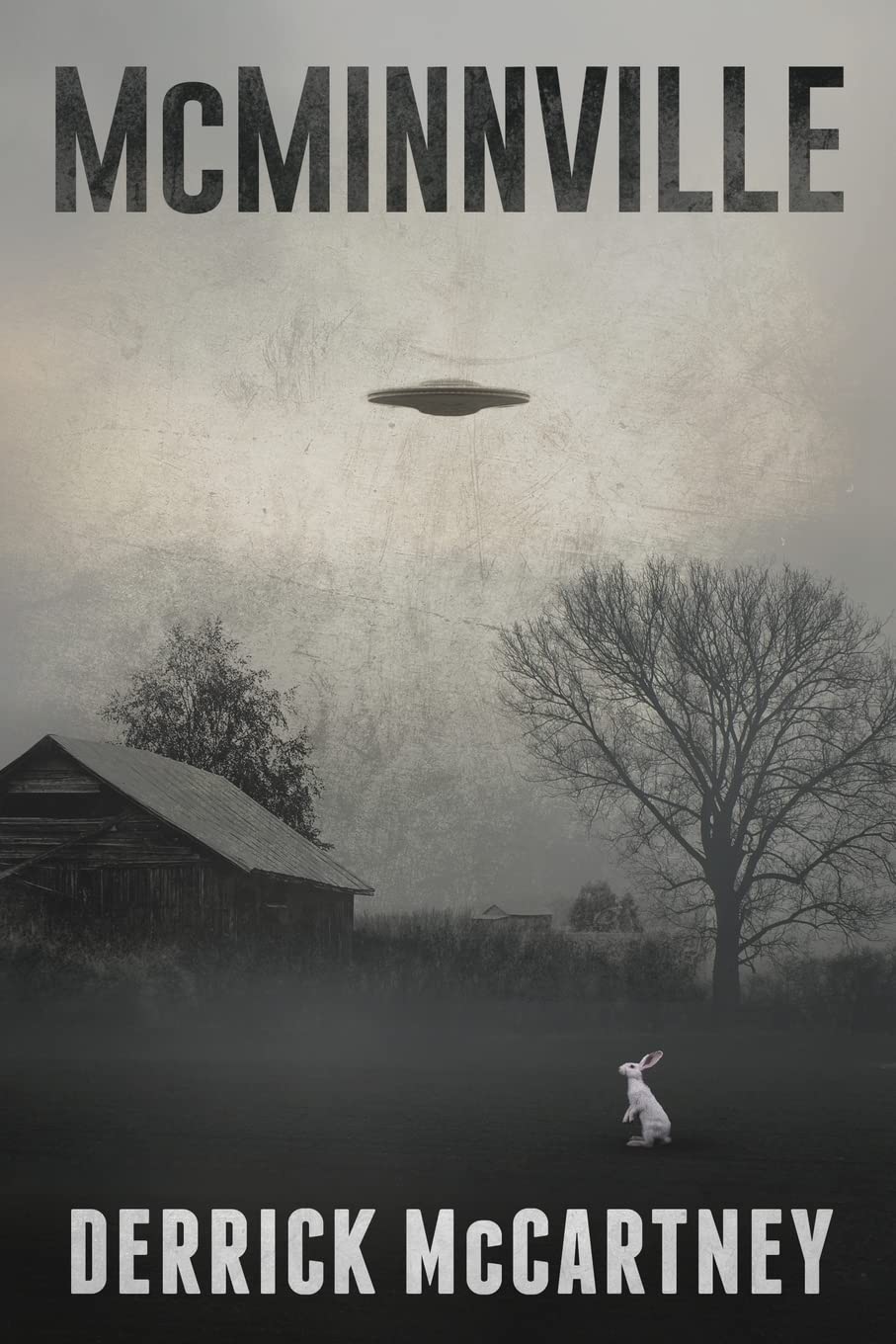 McMinnville
McMinnville
Two photographs taken on a spring evening in 1950 that seem to show the impossible-we are not alone. A thirteen-year-old girl disappears the same evening, but returns thirty years later without aging a day. A dying detective on the hunt for the answers to one mystery falls afoul of a more profound mystery that calls into question all of human history and the science on which the universe is based. McMinnville is the story of one man’s coming to terms with his mortality and the inconceivable, while falling in love for a second time, something he thought was impossible.
Ray Baker is a retired NYPD detective, dying of cancer and dealing with the crushing loneliness after the death of his wife. He wants to make the last few months of his life count by traveling cross country to the places where he grew up. Along the way, he stumbles upon a cold case that took place on May 11, 1950, a few hundred yards from his childhood farm outside of McMinnville, Oregon. At a little past seven in the evening on that day, Evelyn Forsyth was feeding her rabbits when she looked up to see a craft floating soundlessly toward her. She called for her husband, Glenn, to come with his camera. Over a span of a few seconds, he took two photographs before the craft tipped up on edge and sped away. That was the story that appeared in the Telephone Register, McMinnville’s local paper under the heading “At Long Last-Authentic Photographs Of Flying Saucer” A month later, the photographs were featured in the June edition of Life Magazine. Were they real or a clever hoax? Ray takes it upon himself to answer this question, applying his considerable detective skills. But in doing so, he steps through the looking glass into a world that makes him question everything. If that was not enough, he also discovers that there is a clock and it is ticking down.
McMinnville is the first book in a trilogy that follows Ray Baker’s pursuit of life, love, and the truth, which is most definitely out there.
Derrick McCartney was born in El Paso, Texas and grew up in Tennessee before moving to the Washington, DC area. Despite a degree in Soviet and East European studies, he made a name for himself as an expert on North Korea. After a stint in the US Government, he has spent most of his career in defense think tanks. He has published several books and articles on international security affairs under his real name. This is his first work of fiction.
Visit Derrick’s website https://derrickmccartney.com
Amazon https://amzn.to/44Nmeu9
Barnes and Noble – https://www.barnesandnoble.com/w/mcminnville-derrick-mccartney/1141405965?ean=9798985975970
Follow Derrick and McMinnville on Social Media
Facebook https://www.facebook.com/authorderrickmccartney/
Twitter https://twitter.com/mccartneybooks
Pinterest https://www.pinterest.com/derrickmccartneybooks/

